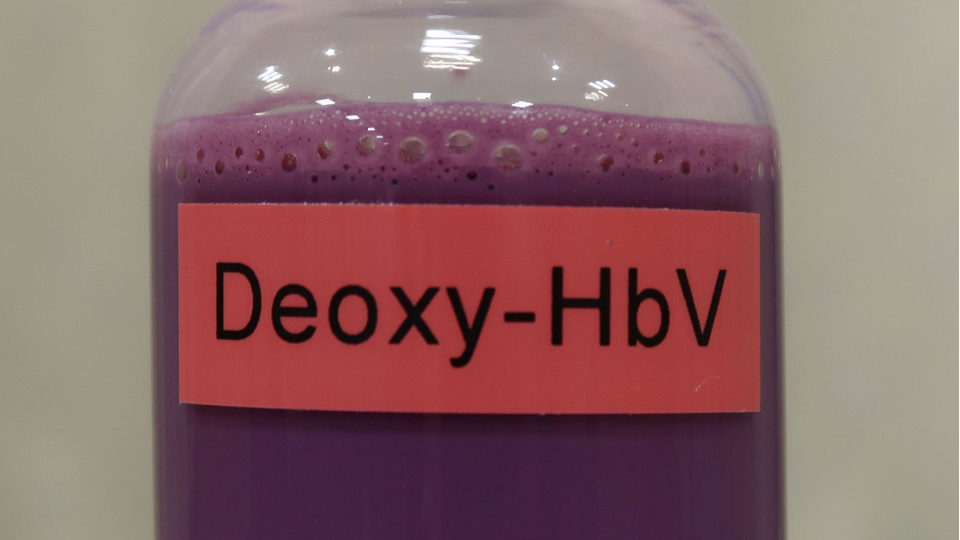Tokyo: Japan created artificial blood , that is compatible with every blood group and has a longer shelf life.
Japan is poised to revolutionize healthcare with a groundbreaking advancement: the development of synthetic blood that promises to transform emergency medical treatment and save countless lives. What fuels this innovative pursuit, and how near are Japanese researchers to turning this vision into reality?
For many years, Japan has grappled with a growing demographic dilemma: a declining population combined with an increasingly aged society. This trend has resulted in a significant reduction in blood donors, complicating efforts to meet ongoing and emergency transfusion needs.
In rural and disaster-stricken areas, the challenges are even more pronounced, with difficulties in matching blood types and maintaining blood supplies. In response, scientists worldwide have been vigorously working to create a safe, reliable artificial blood substitute—one that can be universally used, stored easily, and administered swiftly to save lives regardless of location or circumstances.
Solution Behind the Science:
Central to Japan’s pioneering work in artificial blood is a research team led by Professor Hiromi Sakai at Nara Medical University. Their innovative method involves harvesting hemoglobin—the molecule responsible for oxygen transport in red blood cells—from expired donor blood. This hemoglobin is then encapsulated within a protective shell to produce stable, virus-free artificial red blood cells. Unlike traditional blood donations, these synthetic cells are blood type-independent, removing the need for compatibility testing and offering significant advantages in emergency situations where time is critical.
Color of Blood:
One striking feature: the artificial blood is purple, a result of the processed hemoglobin. It’s a vivid reminder that science can look very different from what we expect-yet its function is what matters most.
Japan’s pioneering efforts in artificial blood development are gaining momentum. Beginning with small-scale studies like the 2022 testing of hemoglobin vesicles—which demonstrated their safety and ability to transport oxygen—research has now entered a new phase. In July 2024, Nara Medical University announced plans to initiate a clinical trial involving healthy adult volunteers by March 2025, aiming to evaluate both safety and effectiveness. This initiative aims for practical application by 2030, potentially establishing Japan as the first nation to implement artificial blood in everyday medical settings.
The upcoming trial will involve administering between 100 to 400 milliliters of the artificial blood to participants. Pending positive safety results, larger-scale studies will follow. Notably, the artificial blood boasts a shelf life of up to two years at room temperature, a significant advancement over traditional donated blood, which typically lasts less than a month. This development could revolutionize blood storage and transfusion practices worldwide.
Why This Matters?
At the heart of scientific innovation are real individuals—patients relying on urgent transfusions, physicians racing to secure compatible blood during emergencies, and families awaiting hope amid crises. For these people, artificial blood represents more than just a technological breakthrough; it embodies a crucial lifeline. As Professor Sakai emphasizes, “The urgent demand for artificial blood cells stems from the absence of a safe and effective substitute for natural red blood cells.”





















